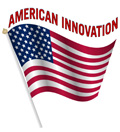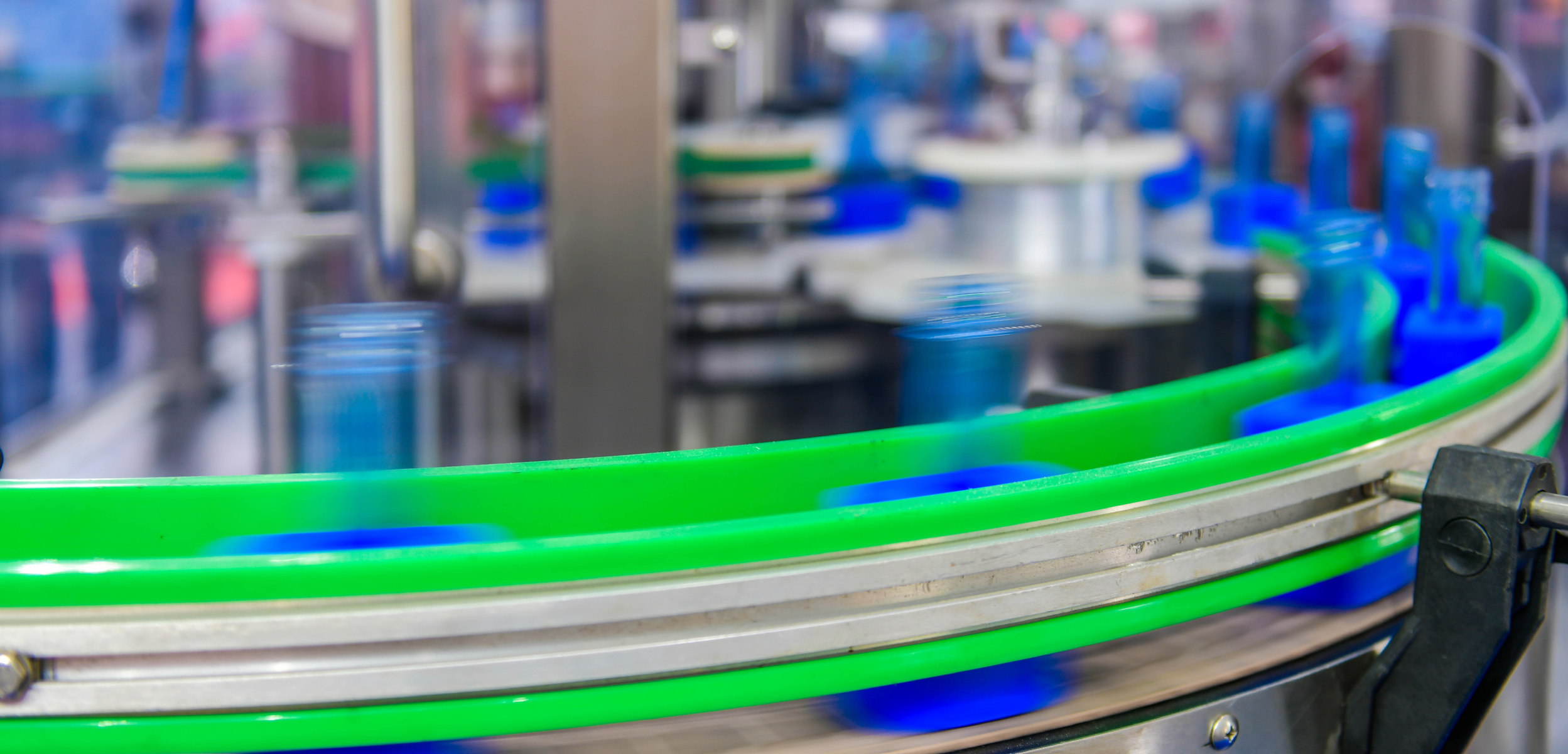In the ever-evolving landscape of appliance manufacturing, staying ahead of the curve poses a myriad of challenges for industry players. From meeting stringent quality standards to navigating cost pressures and environmental regulations, the journey from concept to consumer-ready product is fraught with complexities. One critical aspect that demands meticulous attention is appliance injection molding quality control. Ensuring the highest standards of quality throughout the process is paramount to delivering appliances that not only meet but exceed consumer expectations.
In this blog, we delve into appliance manufacturing, exploring the hurdles faced by manufacturers and introducing a game-changing solution: injection-molding. We’ll uncover how this versatile manufacturing process addresses key challenges, revolutionizing the way appliances are designed, produced, and delivered to consumers worldwide.
Challenges Faced by Appliance Manufacturers:
Cost Pressures:
Appliance manufacturers find themselves in a perpetual balancing act, striving to deliver high-quality products while keeping production costs in check. In a market where consumers demand affordability without compromising on performance or aesthetics, cost pressures loom large. Each component, each manufacturing process must be scrutinized for its efficiency and cost-effectiveness to maintain competitiveness in the marketplace.
Complex Designs:
Gone are the days of simplistic appliance designs. Today’s consumers seek appliances that perform flawlessly and seamlessly integrate into their living spaces. This demand for intricate and ergonomic designs presents a challenge for manufacturers, who must navigate the complexities of mold design, production efficiency, and assembly processes to bring these designs to life.
Material Selection:
The choice of materials used in appliance manufacturing is critical, impacting not only the product’s durability and safety but also its aesthetic appeal. Manufacturers must select materials that strike the right balance between functionality, cost-effectiveness, and environmental sustainability. With an array of materials available, from plastics to metals, making the right choice is paramount to the success of the end product.
Time-to-Market Constraints:
In today’s fast-paced consumer market, time is of the essence. Manufacturers face increasing pressure to shorten product development cycles and accelerate time-to-market. Production delays not only result in lost revenue opportunities but also diminish a brand’s competitive edge. The ability to swiftly bring innovative products from concept to consumer is a key determinant of success in the appliance industry.
Environmental Concerns:
As awareness of environmental issues grows, consumers are increasingly scrutinizing the ecological footprint of the products they purchase. Appliance manufacturers are under pressure to adopt sustainable practices throughout the production lifecycle, from raw material sourcing to end-of-life disposal. Minimizing waste, reducing energy consumption, and exploring eco-friendly materials have become imperatives for manufacturers looking to align with consumer values and regulatory mandates.
In the face of these multifaceted challenges, traditional manufacturing methods often fall short, struggling to meet the demands of a dynamic and competitive market. However, amidst these challenges emerges a beacon of innovation. In the subsequent sections of this blog, we’ll explore how this revolutionizes appliance manufacturing, offering a versatile solution that addresses these challenges head-on.
Injection Molding: Versatile Solution
It stands as a cornerstone of modern manufacturing, offering a highly efficient and versatile method for producing intricate components with exceptional precision. At its core, it involves the melting of thermoplastic or thermosetting polymers, which are then injected into a mold cavity under high pressure. Once the material cools and solidifies, the mold opens, and the finished part is ejected, ready for further processing or assembly.
How does this Addresses the Challenges Faced by Appliance Manufacturers:
Cost-effectiveness:
It revolutionizes the economics of appliance manufacturing by optimizing material usage and production efficiency. The ability to mold complex shapes in a single operation minimizes waste and reduces the need for secondary processes, resulting in significant cost savings. Furthermore, the scalability of this enables high-volume production at competitive per-unit costs, ensuring affordability without compromising quality.
Flexibility in Design:
In the realm of appliance design, versatility is paramount. It offers unparalleled flexibility, allowing manufacturers to realize even the most intricate design concepts with ease. From sleek contours to intricate details, the precision and repeatability of this empower designers to push the boundaries of creativity, resulting in appliances that not only perform flawlessly but also captivate consumers with their aesthetic appeal.
Material Variety and Compatibility:
The breadth of materials compatible is staggering, offering appliance manufacturers unparalleled versatility in material selection. Whether it’s engineering-grade plastics for structural components or specialized polymers for heat-sensitive applications,It accommodates a wide range of material properties and performance requirements. This compatibility enables manufacturers to tailor materials to specific appliance functions, ensuring optimal performance and durability.
Speeding up Production Cycles:
In today’s fast-paced consumer market, agility is a prerequisite for success. It excels in rapid production, enabling appliance manufacturers to meet demanding time-to-market constraints with ease. The high-speed, automated nature of this process ensures swift turnaround times, facilitating quick iterations and timely product launches. By accelerating production cycles, it empowers manufacturers to seize market opportunities and stay ahead of competitors.
Sustainability and Environmental Benefits:
Amidst growing environmental concerns, It emerges as a sustainable solution for appliance manufacturing. The efficient use of materials, coupled with the ability to recycle scrap and excess material, minimizes waste and reduces environmental impact. Additionally, the energy-efficient operation equipment aligns with sustainability goals, contributing to a greener manufacturing ecosystem. The appliance manufacturers can reduce their carbon footprint and align with consumer preferences for eco-friendly products.
Advantages in Appliance Manufacturing:
It offers a plethora of advantages for appliance manufacturers, including:
Consistent quality and dimensional accuracy
Cost savings through reduced labour and material waste
Faster time-to-market compared to traditional manufacturing methods
Capability to fabricate intricate designs with precision
Compatibility with recycled materials, enhancing sustainability efforts
In summary, appliance quality control is bolstered by the numerous benefits of injection molding. It offers consistent quality, cost savings, faster time-to-market, intricate design capabilities, and compatibility with recycled materials. As a versatile solution, it addresses the unique challenges faced by appliance manufacturers, ensuring cost-effective, high-quality production in a competitive market.
Empowering Appliance Manufacturing: The Injection Molding Advantage
In conclusion, injection-molding stands as a transformative solution for addressing the challenges in appliance manufacturing. Its versatility, cost-effectiveness, and ability to accelerate production cycles make it indispensable in today’s competitive landscape. As manufacturers can not only meet consumer demands but also drive innovation and sustainability in the industry. It is not just a manufacturing process but a catalyst for progress in appliance manufacturing.



